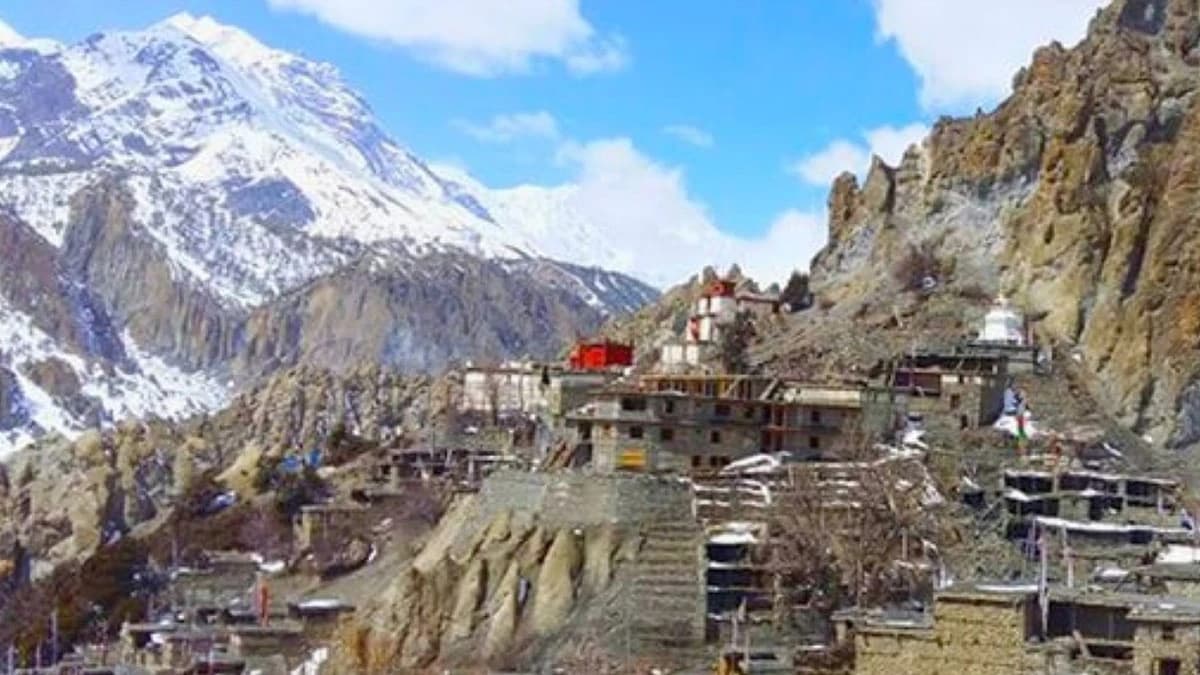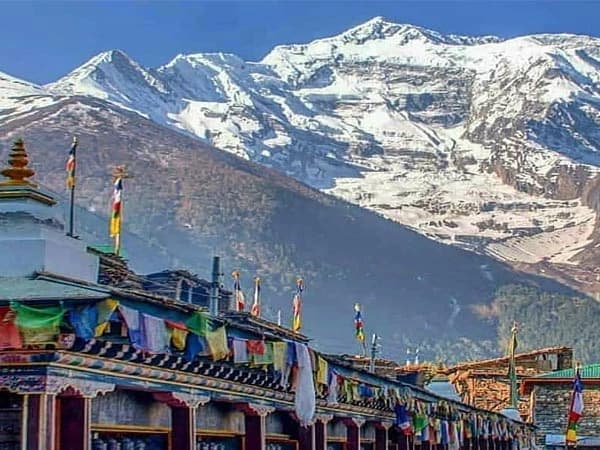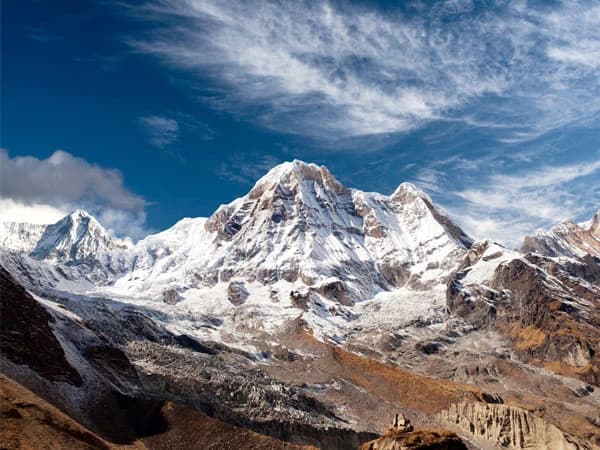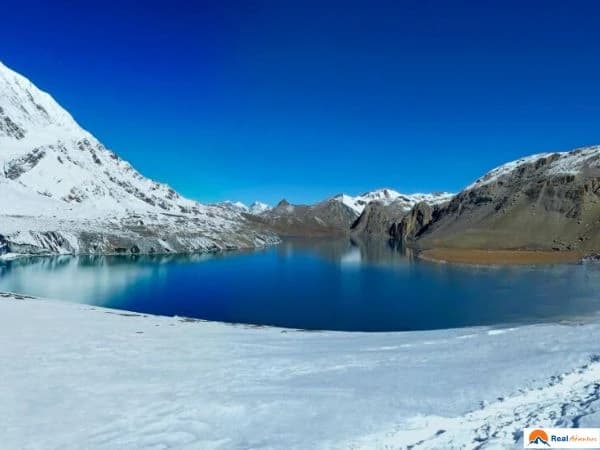Nar Phu Valley Trek – Discover Nepal’s Hidden Himalayan Gem
The Nar Phu valley trek 12 days is one of Nepal's biggest hidden gems. It is a secluded Himalayan adventure that offers a blend of untouched natural beauty and local Tibetan culture. This trek is located in the remote parts of the Annapurna region. This trek is especially good for people who are looking for something that is less inhabited and not commercialized. With fewer crowds and views that feel like they are from another universe, Nar Phu valley trek is rapidly becoming one of the most requested experiences for trekkers.
One of the most remarkable things of the Nar Phu valley trek is the beautiful mountain scenery. As you slowly go up through the rugged terrain you will be rewarded with panoramic views of famous peaks such as the Annapurna II, Himlung Himal, Kang Guru and Gangapurna. The views combined with the beauty of the high altitude deserts and forests create an image that you will never forget.
For people who are seeking a rather peaceful trek away from other people, the Nar Phu valley will be the best option. The remote setting means that you can enjoy the beauty of the mountains at peace without any other disturbance. This trek is best fit for seasoned hikers and nature lovers who want to explore the remote parts of Nepal. This trek also gives trekkers an opportunity to experience life that hasn't been changed by modern ideas.
Cultural exploration is a key highlight of the Nar Phu trek. The residents in the region are mostly of TIbetan descent. This is shown by their ancient architecture, lifestyle and unique traditions. As you slowly pass through the Phu village you can visit centuries old monasteries and learn about it from the locals. Similar to the Phu Village, the Nar village offers similar insight with its stone houses and traditional festivals.
The Nar Phu Valley trek is not easy as the high altitude and terrain might make it a hard trek for newcomers. But for seasoned hikers this will be a worthwhile trip. This trek is rewarding as you cross through the Kang La pass (5,320 Meter) which connects Nar to the Annapurna Circuit.
In recent years this route has gained popularity among trekkers who are searching for a quiet and unique experience. Its untouched trails, authentic village life and beautiful scenery offers you one of the best journeys to the Himalayas.
Unlike the famous Annapurna Circuit or the Everest Base Camp treks, the Nar Phu Valley trek takes you truly into ancient villages, massive gorges, high altitude passes and remoteness like anything you have ever experienced. This trail opens you up to secluded valleys for Nar and Phu which are both Tibetan villages that are not touched by modernity. Here trekkers are shown centuries old Buddhist practices, lots of prayer flags and stone built monasteries that are on the foot of the Himalayas.
If you or your friends are planning your next trekking adventure and are looking for more peace and quiet this will be the best choice. The offbeat trial with Himalayan beauty, authentic culture and peace makes it the perfect choice. This is ideal for people who want to go beyond usual routes and dive deep into Nepal’s hidden treasures. Whether you are captivated by the mountains or enriched by the culture, this trek promises an unforgettable adventure into the heart of Nepal.
Trip Highlights
- Experience the Nar Phu Valley Trek, one of a few treks that bring you to the remote villages of Nar and Phu, which are populated by Tibetan cultural influence.
- Navigating through elevated terrains, narrow gorges, and large rugged snowcapped mountains with great diversity.
- Conquer the dizzying heights of 5,322 meters at the Kang La Pass, which offers views of Annapurna, Lamjung Himal, and Himlung Himal in all their glory.
- Because of this consideration, the Nar Phu Valley Trek itinerary is designed to provide opportunities to visit ancient monasteries and experience a different way of life in purely wild nature, which is even more perfect for trekkers searching for a particular trip.
- Strike the rugged Nar Phu Valley on a short trek option for those who need more time or wish to see and feel the sights and calmness of this place within the shortest duration.
- The Nar Phu Valley Trek's 12-day distance covers a problematic yet interesting route that promises the adventure of a lifetime.
Trek’s Route Map
Nar Phu Valley Trek has a well-detailed map that takes you through some of the unspoiled, impossibly beautiful places in the Annapurna region.
The journey begins at Besisahar and follows the Annapurna Circuit route before heading toward Koto. From here, the path follows into the deep crevasses of Phu River Valley, continuing toward the villages of Meta, Nar, and Phu. The trail also includes crossing the high-altitude pass of Kangla and descending to Ngawal to connect back to the Annapurna circuit.








